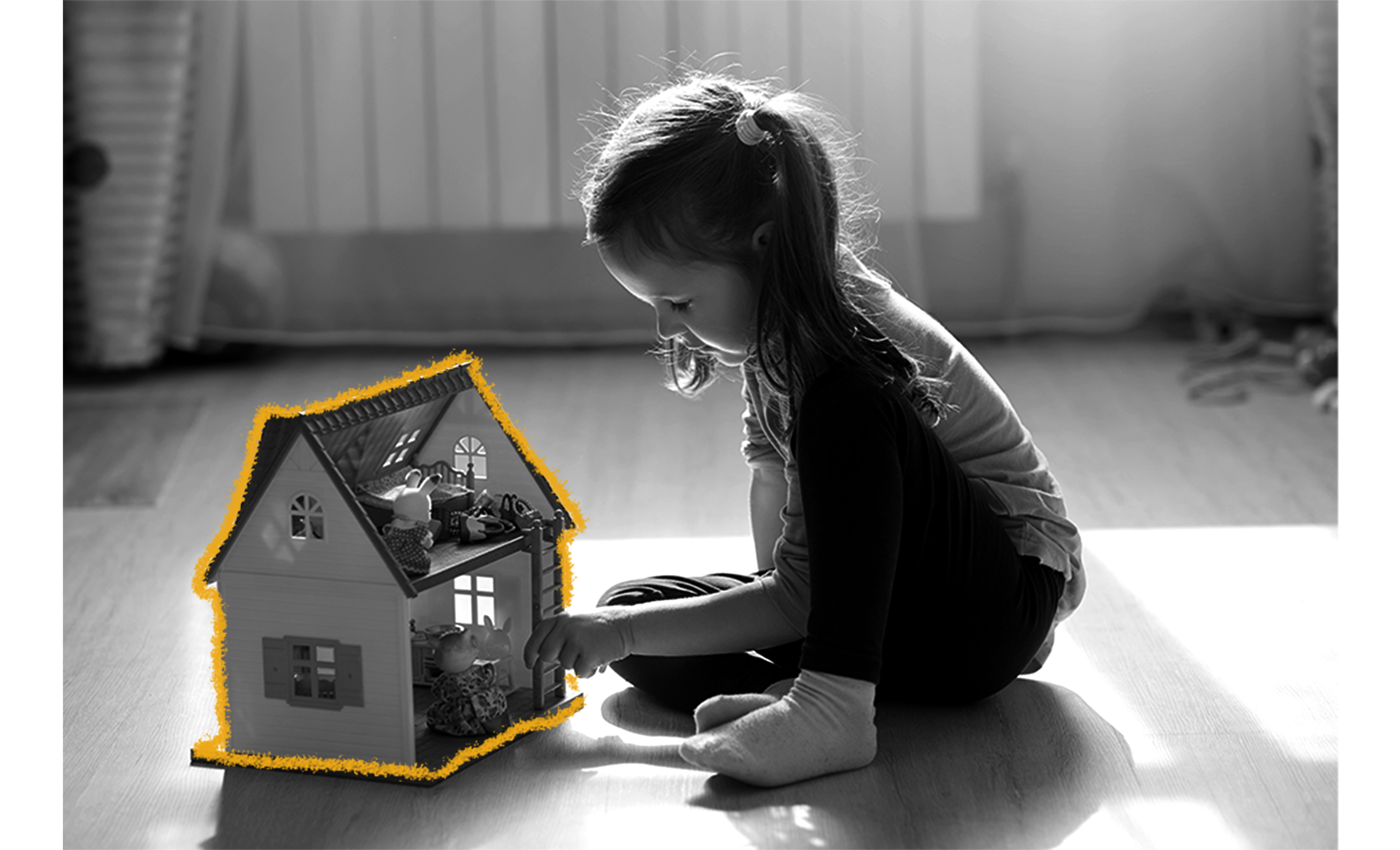Today’s dollhouses descended from 16th-century “baby houses.” Baby houses were made of cabinets divided into tiny compartments and were used to display miniature furniture and household accessories, all of which were finely made. They were exclusively for adults and were only found in the homes of very wealthy European ladies, who used the displays to show off their wealth and refined tastes. By the 17th and 18th centuries, German toy makers had begun producing a variation of the baby house called the dollhouse, which was designed specifically for children to play with. Mass production in the 19th century allowed manufacturers to offer these dollhouses at relatively affordable prices and children in the growing middle class often had them in their playrooms. By the start of the 20th century, companies in Germany, England, and the United States were manufacturing dollhouses at a variety of price points. Dollhouses were particularly beloved by American girls throughout the 20th century and remain popular among children today.

Your go-to guide for weird history facts
Subscribe to the FREE daily email that makes learning about history fun.


